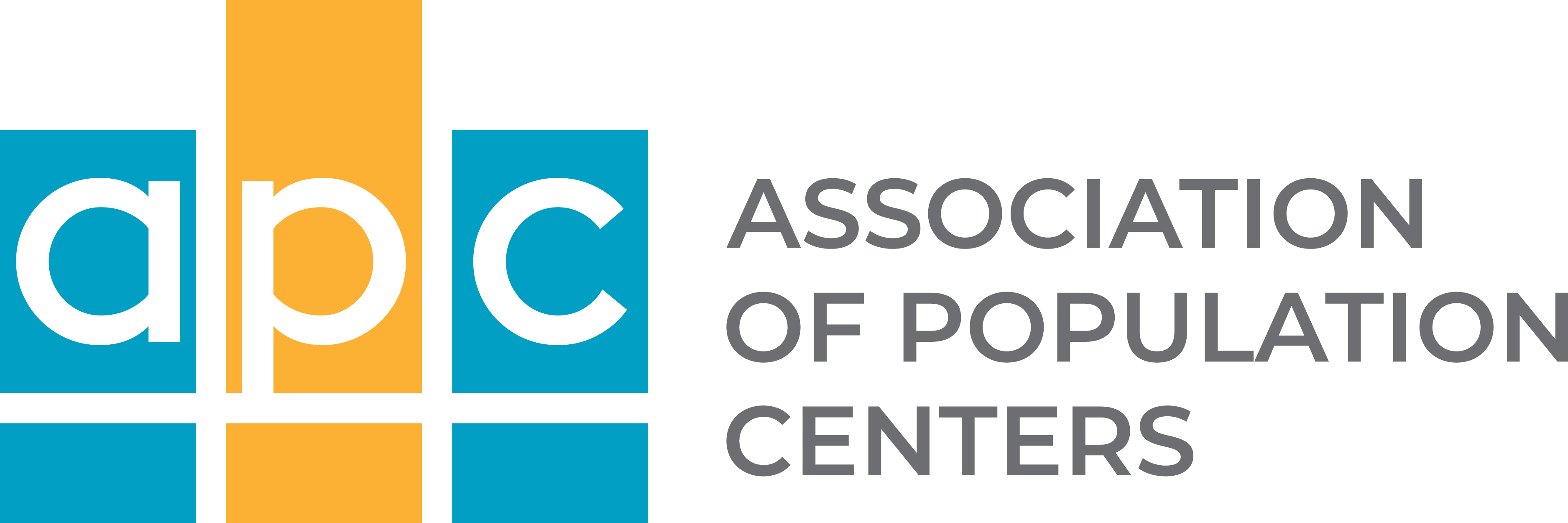A new blog from NIH’s “Under the Poliscope” :
This is a guest blog by Dr. Mike Lauer, the NIH Deputy Director for Extramural Research (OER). Dr. Lauer writes about NIH research funding policies and data at his blog, Open Mike.
I am very pleased to announce the availability of a new website on Scientific Data Sharing. Whether you are involved in an NIH-funded project and want to understand which sharing policies apply to your research and how to comply, or you are a researcher looking to access scientific data from NIH-affiliated repositories, this site is for you.
NIH has a long-standing commitment to making the research it funds available to the public. This commitment is demonstrated through a variety of sharing policies that function to increase the transparency and availability of scientific data and resources. NIH policies expect:
- The appropriate sharing of scientific data to be maximized
- Data from large scale genomic studies to be broadly and responsibly shared
- Research tools developed with NIH funding to be made accessible to other researchers
- Unique model organisms to be made available to the scientific community
- Clinical trials to be registered and summary results reported in ClinicalTrials.gov
- Peer reviewed manuscripts to be publicly available on PubMed Central
The new website will help you navigate these policies, providing you with step-by-step guides, infographics, tools and resources to help you on your way. In the case of clinical trials and public access policies, the site provides a central access point and visibility to these policies, and links out to existing NIH sites for more information.
A key goal of the site is to serve as a central portal, providing information on both NIH-wide and NIH Institute and Center-specific sharing policies and data repositories in a way that is easily sortable and searchable. You may have seen the short video preview of the site we released last week to pique your interest. The video below provides a more extensive tour (~3 min), highlighting key features and resources.
